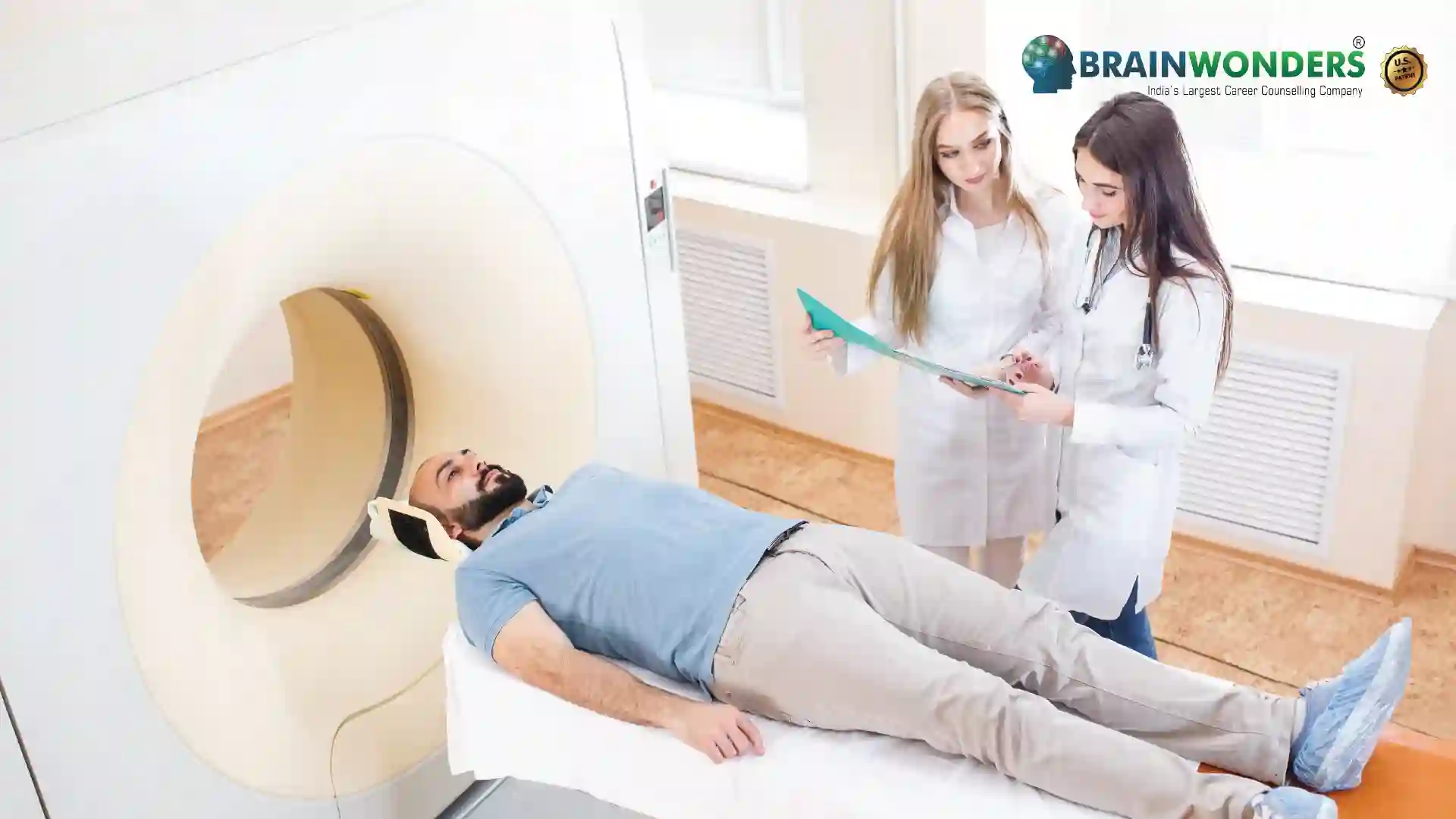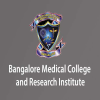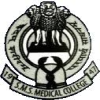MD in Radiodiagnosis - Course, Fees, Eligibility, Top Colleges, Top Careers
Duration 3 Years
3 Years
Level Doctorate
Doctorate
Programme Masters
Masters
Study Mode Full Time
Full Time
Course Description
Radiology is the branch of medicine that uses imaging techniques to diagnose and treat diseases that cannot be seen from outside the body. A variety of imaging techniques, such as X-ray Radiography, Ultrasound, Computed Tomography (CT), Nuclear Medicine and Magnetic Resonance Imaging (MRI) are employed for diagnosing and/or treating various complicated diseases. Interventional Radiology follows medical procedures in line with standard procedures of Imaging Technologies.
Radiographers are often also known as Diagnostic Radiologists. They are responsible for interpreting or ‘reading’ medical images and producing brief and concise reports based on them. They analyze the findings and impressions of such diagnoses. Such reports are then referenced to the Clinician, either routinely or on emergency-basis. The results thus obtained of the Imaging procedures are stored digitally in PACS (Picture Archiving and Communication System).
Eligibilty
As a minimum criterion of eligibility, aspiring candidates need to have attained the 10+2 qualification with Biology, Chemistry and Physics as main subjects, and with a minimum aggregate score of 55%.
Also, candidates are needed to have completed a 5.5-year long MBBS (Bachelor of Medicine and Bachelor of Surgery), inclusive of a 1-year internship, with a minimum aggregate score of 55%. Often, candidates are required to qualify an institute, State or national-level entrance test for admission to the course.
Colleges






